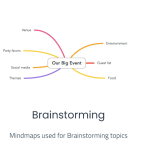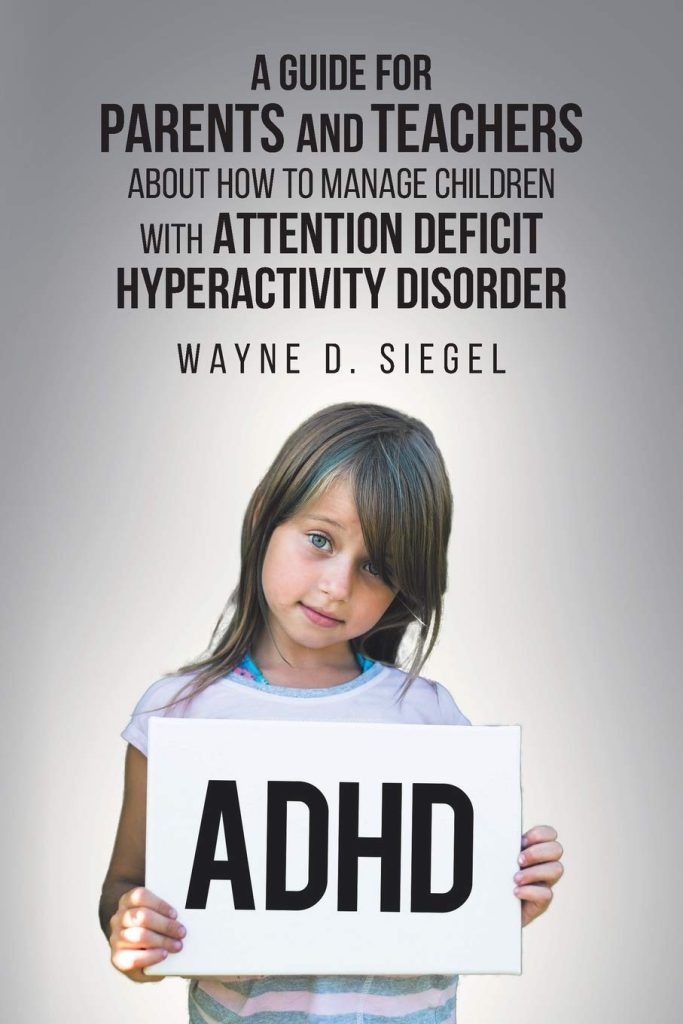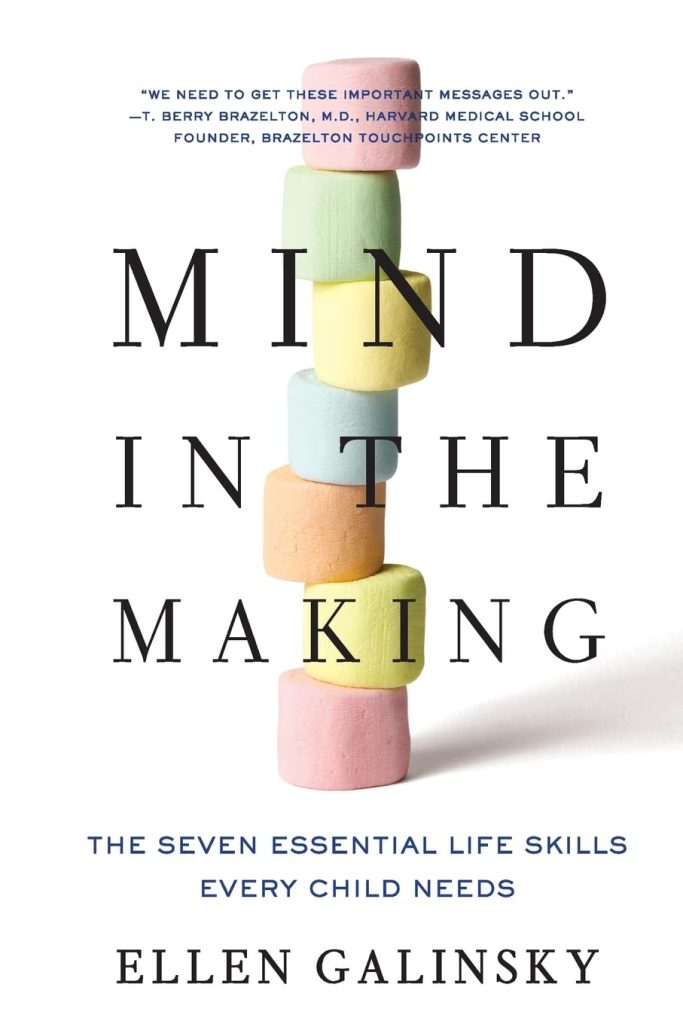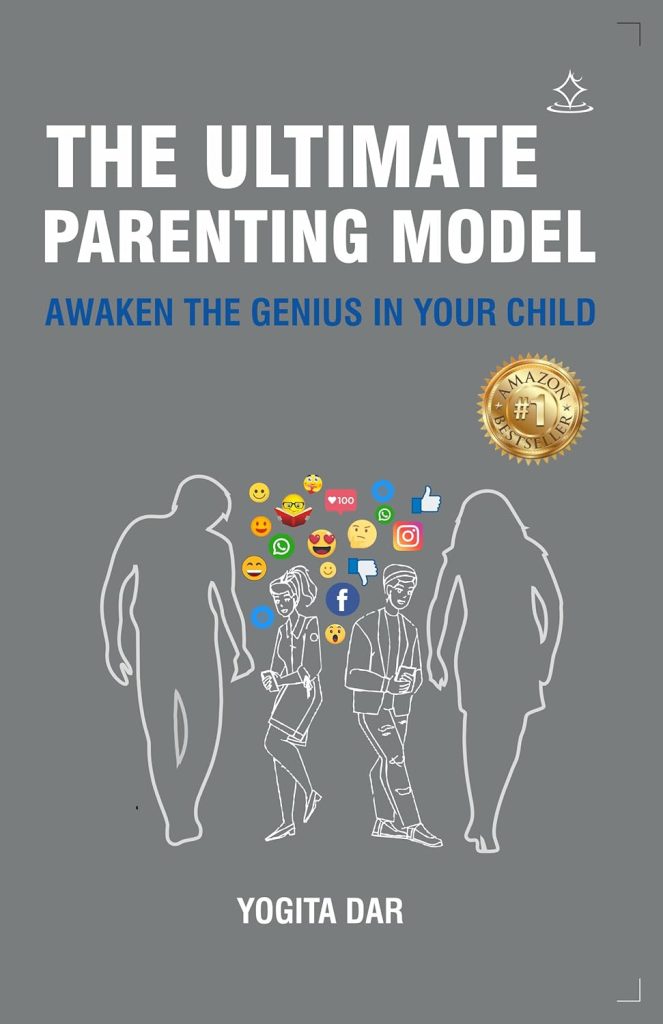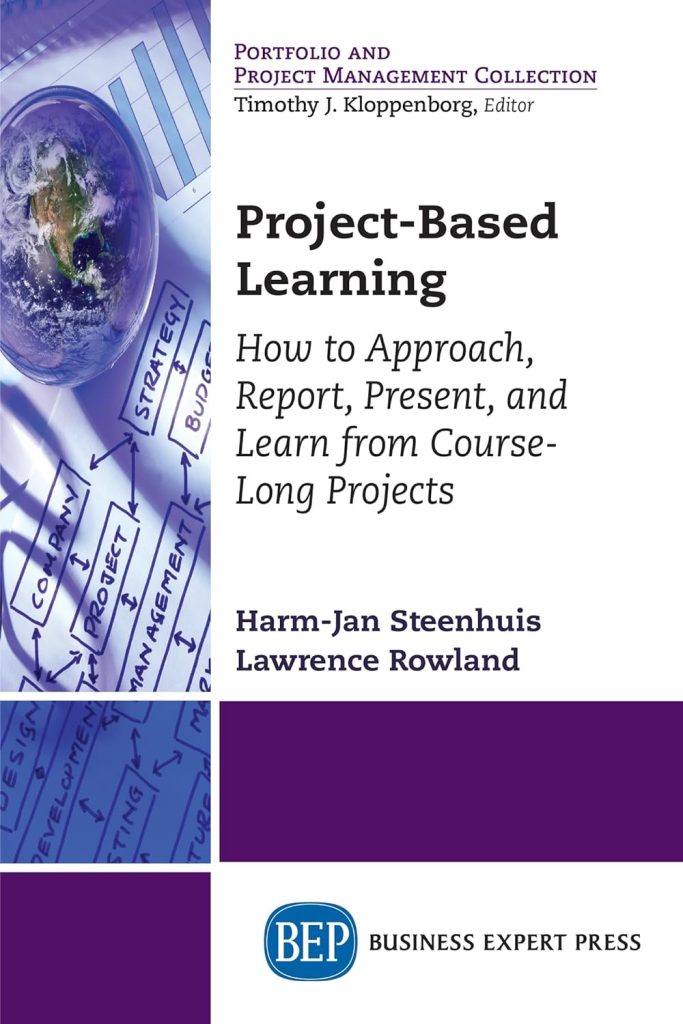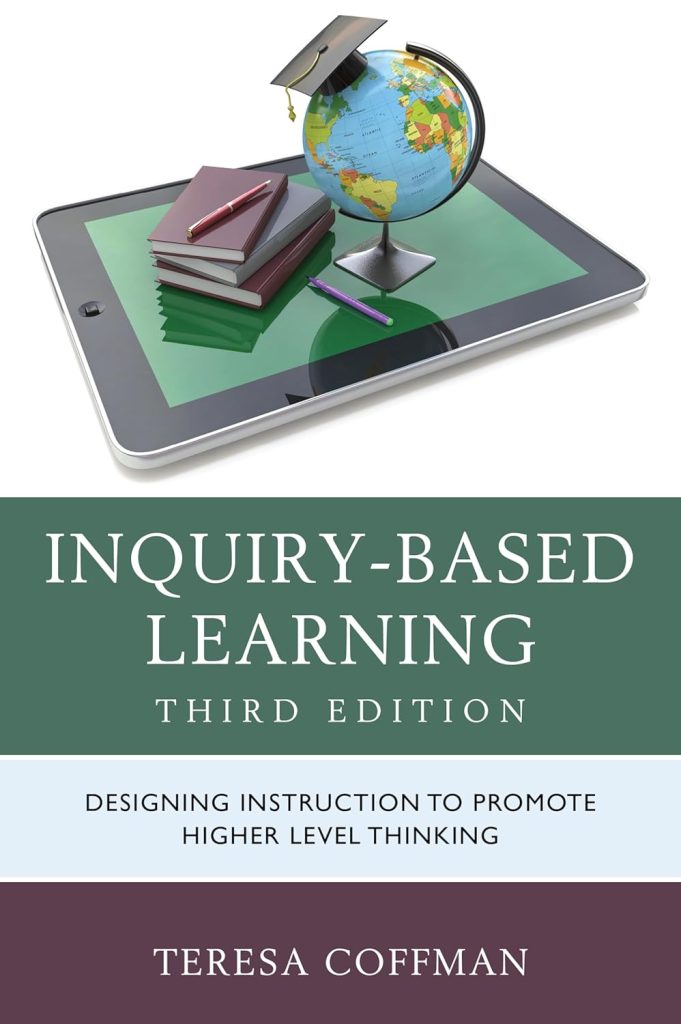Explore, Learn, Achieve: Your Physics Journey Starts Here
Welcome to another installment in our series exploring the transformative power of dark data in education. Today, we’re taking a hands-on approach to understanding how schools can productize dark data—turning raw, unstructured information into a structured, actionable asset. Let’s dive into the specifics of how data is cleaned, organized, structured, and enriched with metadata, using real-world examples from school environments.
The Process of Productizing Dark Data in Educational Settings
Step 1: Data Collection
- Raw Data Example: Consider a high school collecting various types of raw data such as unsorted feedback from parent-teacher meetings, scattered logs of student activities in the digital learning platforms, and miscellaneous health check-up records. To illlustrate one of these records, let us consider an interaction between a teacher and a parent, who has concerns about their ward in the school.
“Good Morning, Dr. Rao. I wanted to talk to you about my Son Varun’s performance in class. I’ve noticed that he’s been struggling with his Math homework. He spends hours on it every night but still doesn’t seem to understand the concepts. He tells me that he feels lost when you introduce new topics. Also, I’ve seen his grades drop over the past few months, which is worrying. On another note, he enjoys your Physics lessons and seems to be doing well in those. He often talks about the Experiments you do in class and seems very engaged. But overall, I’m concerned about his math skills and whether he’s falling behind. Is there anything we can do to help him improve? Maybe some extra tutoring or resources we could use at home?“
The excerpt recorded above from a parent is highly unstructured. There is a lot of information that needs to be analyzed. Before that we need to actually clean the data
Step 2: Data Cleaning
- Cleaning Actions: This involves removing duplicate records, correcting errors (like misspelled names or incorrect student IDs), and filtering out irrelevant data (such as feedback unrelated to academic performance). In the context of Varun’s academic and behavioral data, this step involves removing duplicate entries, such as multiple records of the same feedback from different parent-teacher meetings. It also includes correcting any errors, like misspelled names or incorrect student IDs, to ensure accuracy. Additionally, irrelevant data that doesn’t pertain to Varun’s academic performance or behavior, such as unrelated comments, are filtered out to maintain focus on actionable insights.
- Tools and Techniques: For basic tasks, software like Excel can be used to manually clean smaller datasets. For larger and more complex datasets, more sophisticated tools such as SQL databases are employed. These tools help automate the cleaning process, ensuring that the data is accurate and ready for analysis.
Step 3: Data Organizing
- Organizing Actions: Once cleaned, the data is categorized by type, such as feedback from parent-teacher meetings, digital footprints from online learning platforms, and health data from school check-ups. Each category is linked to specific students or groups, making it easier to analyze trends and patterns.
- Metadata Addition: To provide context, important metadata is added to each data entry. This includes the date of data collection, the specific subject matter of the feedback (e.g., math performance, behavioral issues), and any particular conditions under which the data was collected (e.g., during a stressful exam period). This contextual information helps in understanding the nuances of the data during analysis.
Step 4: Data Structuring
- Structuring Actions: The next step involves structuring the data into a format suitable for analysis. For example, free-form text feedback from parent-teacher meetings is converted into quantifiable metrics, such as satisfaction ratings or identified issues like “struggles with math concepts.” This structured format allows for easier comparison and trend analysis.
- Example Tool: A CRM (Customer Relationship Management) system is particularly useful in this step. It systematically tracks and stores feedback related to student performance and parent satisfaction, providing a centralized location for all structured data. This makes it easier to retrieve and analyze the information when needed.
Step 5: Data Enrichment
- Enrichment Actions: To enhance the original datasets, additional relevant data is incorporated. For instance, historical academic performance records can be added to Varun’s behavioral data to examine correlations between his grades and his attendance patterns. This enriched dataset provides a more comprehensive view of his overall performance and well-being.
- Example Tool: Analytics platforms like Tableau are ideal for this step. They allow for the integration and visual representation of various data relationships. By merging different datasets, schools can create detailed visualizations that highlight key insights and trends, making the data more accessible and actionable for decision-making.
By implementing all the above principles, a structured report of the Parent Teacher interaction is structured as shown below:
Structured Report:
Student Name: Varun
Parent: Mr. Vashist
Date: May 15, 2024
Subject of Concern: Academic Performance and Behavioral Issues
Feedback Summary:
Mathematics Performance:
- Varun spends hours on math homework but struggles to understand concepts.
- He feels lost when new topics are introduced in class.
- Varun’s grades in math have dropped over the past few months.
Science Performance:
- Varun enjoys science lessons and is performing well.
- He is particularly engaged during experiments
Additional Behavioral Data (Dark Data): Additional data that can be added to Varun’s parent interaction can be obtained from a variety of resources as shown below.
Food Habits: By analyzing dark data on Varun’s frequent purchases of unhealthy food, the school can implement a health and nutrition program to promote better eating habits among students. This can include healthier menu options in the cafeteria and educational sessions on nutrition.
Attendance and Punctuality: Dark data on consistent late arrivals could indicate underlying issues such as sleep problems or lack of motivation. The school could create intervention programs to address these issues, such as providing guidance on good sleep hygiene or setting up morning motivational sessions.
Classroom Behavior: Observations of Varun sleeping in class and being inattentive, a type of dark data, can signal fatigue or disengagement. Schools can use this data to develop strategies to make lessons more engaging or to provide support for students who might be struggling with sleep. Additionally, contextual data like his usage of digital devices (phone, tablet, laptop) at home will add information about how responsibly he spends his time with these gadgets.
Class Attendance: Frequent class bunking, another form of dark data, is a serious issue that needs immediate attention. The school can initiate counseling sessions to understand the reasons behind Varun’s absenteeism and work on strategies to keep him engaged and motivated to attend classes regularly.
Unethical Activities: Concerns about copying homework, revealed through dark data, point to academic integrity issues. Schools can use this data to reinforce the importance of honesty and provide resources to help students complete their work independently.
Action Items:
Academic Support:
- Discuss potential tutoring options or extra support for Varun in math.
- Provide additional resources or recommendations for at-home practice.
Behavioral Interventions:
- Monitor Varun’s dietary habits and encourage healthier food choices.
- Implement a plan to improve punctuality, such as a morning routine checklist.
- Address classroom behavior by setting clear expectations and providing support for staying attentive.
- Develop a strategy to reduce class bunking and increase class attendance.
- Discuss ethical behavior and the importance of academic integrity with Varun.
Follow-Up:
- Schedule a follow-up meeting to review Varun’s progress in academics and behavior.
- Regularly communicate with Varun’s teachers to monitor improvements and adjust support strategies as needed.
Proactive Health and Wellness Programs
Before: Individual health records from routine check-ups.
After: An aggregated and anonymized health database that highlights trends in student wellness, guiding the development of specific health programs.
Finally, throught the productization of dark data, schools can transform previously overlooked information into actionable insights. By cleaning, organizing, structuring, and enriching data, educational institutions can make informed decisions that enhance teaching quality, student well-being, and overall school performance. This process not only helps in addressing current issues but also in laying a strong foundation for future improvements and increased admissions.
Disclaimer: Please note that this post includes affiliate links. This means that if you click on any of the images or links in this article and make a purchase, I may receive a commission at no extra cost to you. This helps support my blog and allows me to continue to provide valuable content. Thank you for your support!








